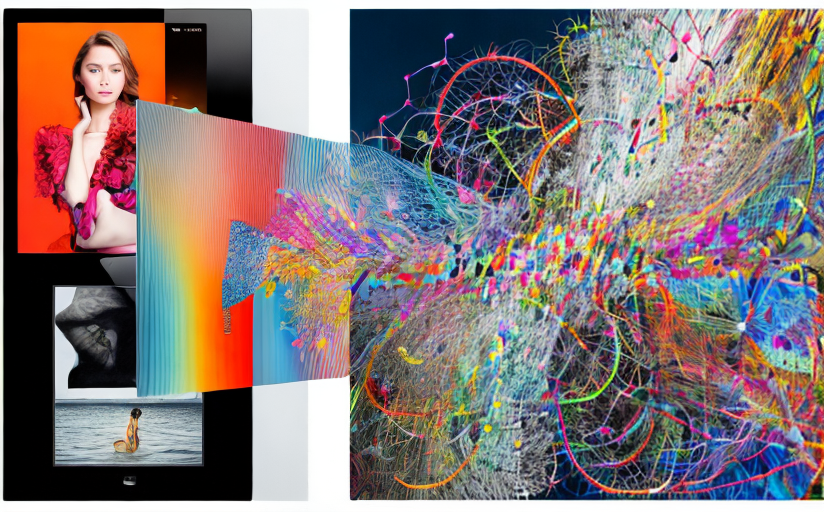The Influence of Digital Media on Contemporary Art Movements
Amongst the many fields revolutionized by digital technology, the art world has experienced profound changes. This article delves into the significant impact of digital media on the evolution and creation of contemporary art movements.
The Evolution of Digital Media
From the initial advent of computer art in the 1960s to the intricate virtual reality experiences of the present day, digital media has evolved exponentially. This evolution has been driven by continual advancements in technology, increasing accessibility, and the relentless innovation of artists worldwide.
Technology Redefining Artistry
Several artists are embracing the breadth of possibilities that technology provides. Concepts are presented in three-dimensional spaces, viewers can interact with creations, time can be manipulated, and traditional sensory boundaries pushed. Digital technology not only allows for a different process of creation but propels art into dimensions previously unimaginable.
Digital Platforms and Art Distribution
Artists and art institutions have leveraged digital media platforms such as Instagram, online galleries, and virtual reality exhibitions for widespread distribution and consumption of artworks. The accessibility and reach provided by these platforms have reshaped the way art is shared, valued, and experienced.
Integration of Traditional Arts and Digital Technology
The marriage of traditional arts and digital technology has been marked with opportunities, challenges, and criticisms. While some believe this integration disrupts the tactile essence of traditional art forms, others counter by highlighting the limitless creative freedom it offers.
Witness the Blend of Art and Technology
One stunning example of this blend is ‘Rain Room’. This installation by Random International uses sensors to ensure visitors stay dry as they walk through a downpour, demonstrating the unique interactivity digital technology introduces into art. Others, such as David Hockney’s iPad paintings, showcase how digital mediums can be used to produce evocative art that would be impossible using traditional techniques.
Looking into The Future
The future of contemporary art in the digital age seems multifaceted and exciting. Undoubtedly, digital technology’s influence on art will continue as artists seek out new realms of expression and audiences pursue rewarding interactive experiences.
In conclusion, the fusion of digital technology and contemporary art movements is a vital progression that empowers artists, democratizes art access, and broadens our understanding and appreciation of art in its many forms.



















Comments
Leave a Comment